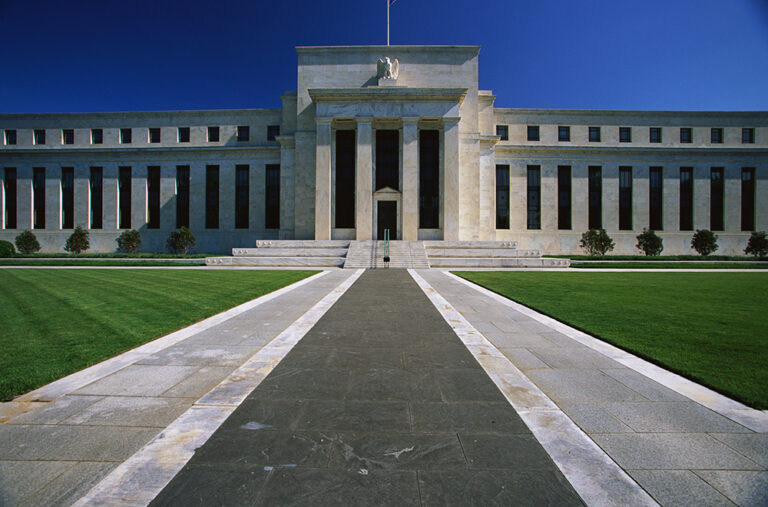A set of new budget estimates from the Office of Management and Budget (OMB) reveals that even if the President’s budget were implemented in full, debt would still exceed its all-time high by the end of the decade and the deficit at that point would reach $2 trillion. The updated estimates in the Mid-Session Review also assume steady economic growth and no major unforeseen events, such as the 2008 recession or the COVID-19 pandemic. While the $3.3 trillion in deficit reduction proposed in the President’s budget is a step in the right direction, the numbers make clear that it is not enough, as deficits would remain well above levels typically seen during stable economic times. The report serves as a reminder that the country is on an unsustainable fiscal path; however, the good news is that many solutions are available to chart a sustainable fiscal path forward.
Image credit: Photo by Kevin Dietsch/Getty Images
Further Reading
What Are Interest Costs on the National Debt?
Interest costs are on track to become the largest category of spending in the federal budget.
Healthcare Costs Are a Major Driver of the National Debt and Here’s the Biggest Reason Why
Improving the U.S. healthcare system will be crucial to providing quality, affordable healthcare and to bettering our nation’s long-term economic and fiscal well-being.
House Reconciliation Bill Would Add Trillions to the National Debt
The bill would increase debt by $3.0 trillion over the next 10 years, driving it from nearly 100 percent of GDP now to 124 percent of GDP by 2034.


